Throughout history, humans have constructed entire cities around places of worship,
creating vibrant communities that pulse with spiritual and cultural significance.
These remarkable urban centers showcase how sacred architecture can shape not
just religious life but entire civilizations.
From ancient monuments to living religious capitals, these cities demonstrate humanity’s enduring desire to build communities around spaces of divine connection.
Varanasi, India
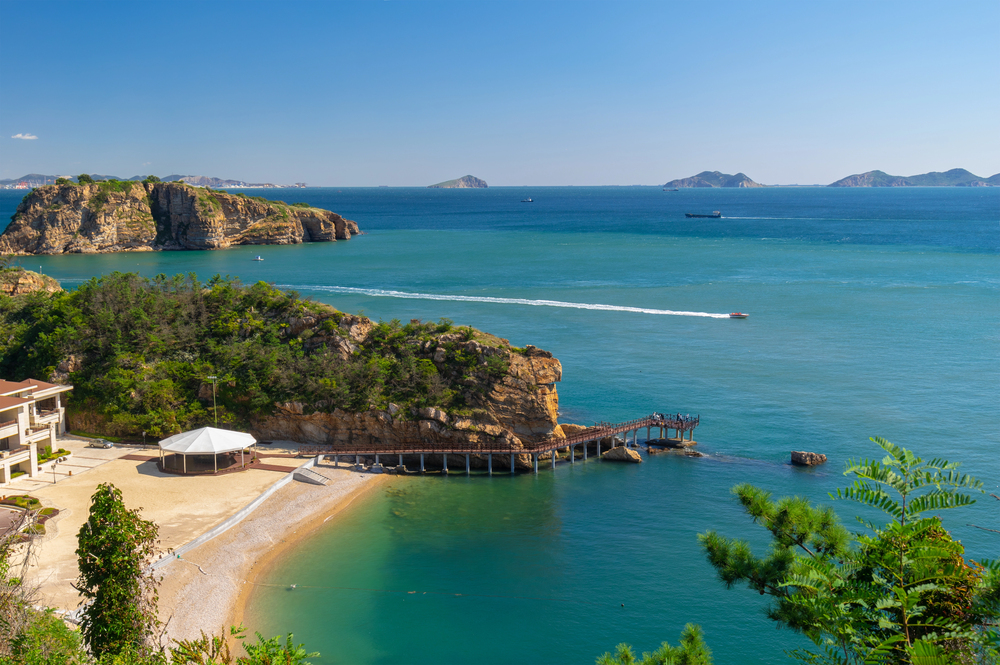
The spiritual capital of India grew around the ancient Kashi Vishwanath Temple,
dedicated to Lord Shiva, with the entire city’s layout following sacred geometric
principles. The temple’s golden spires have drawn pilgrims for over 3,500 years,
making it one of the oldest continuously inhabited cities in the world.
The city’s famous ghats and narrow winding streets all lead to this central shrine, creating a unique urban pattern that mirrors Hindu cosmology.
Angkor, Cambodia

Built around the massive Angkor Wat temple complex, this ancient city once housed
nearly a million residents in a sophisticated urban grid. The temple’s five towers,
representing Mount Meru of Hindu mythology, served as the city’s spiritual and
administrative center.
The entire metropolis was designed as a physical representation of the Hindu universe, with moats and walls creating concentric squares around the central temple.
Like Travel Pug’s content? Follow us on MSN.
Lalibela, Ethiopia

This remarkable city is built around eleven rock-hewn churches carved entirely from
solid volcanic rock in the 12th century. The entire urban layout mimics Jerusalem’s
topography, with the churches connected by a complex network of tunnels and
trenches.
The city continues to function as a living religious center, with daily rituals and major festivals drawing thousands of Orthodox Christian pilgrims.
Teotihuacan, Mexico
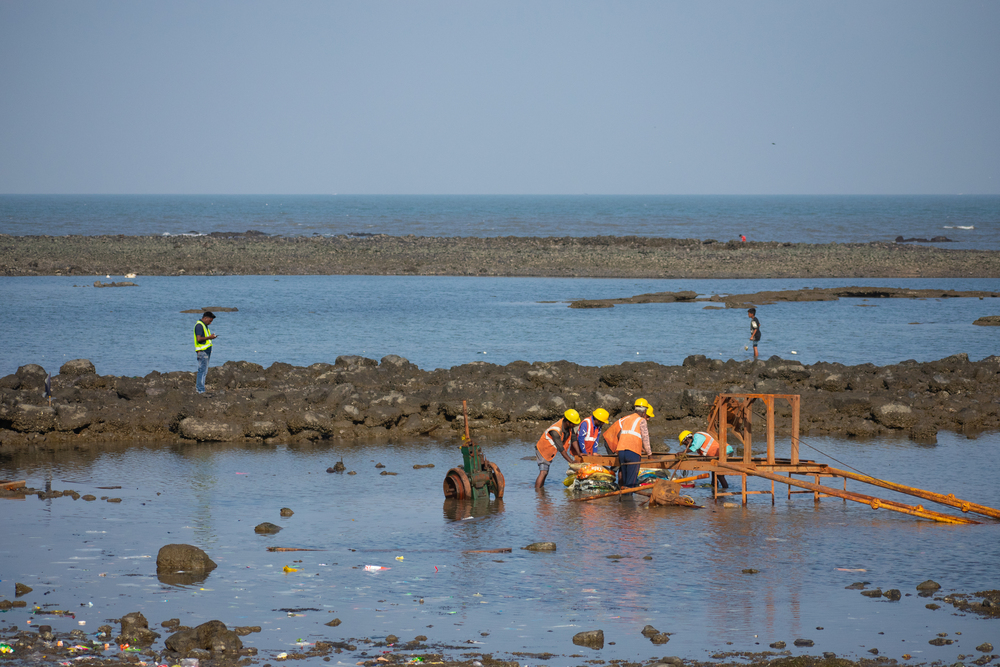
This pre-Columbian metropolis was constructed around the massive Pyramid of the
Sun, following precise astronomical alignments. The city’s main avenue, the Avenue of the Dead, served as a processional route linking various temple complexes.
The entire urban grid was planned to reflect the ancient Mesoamerican understanding of the cosmos, with each building positioned according to celestial observations.
Kyoto, Japan
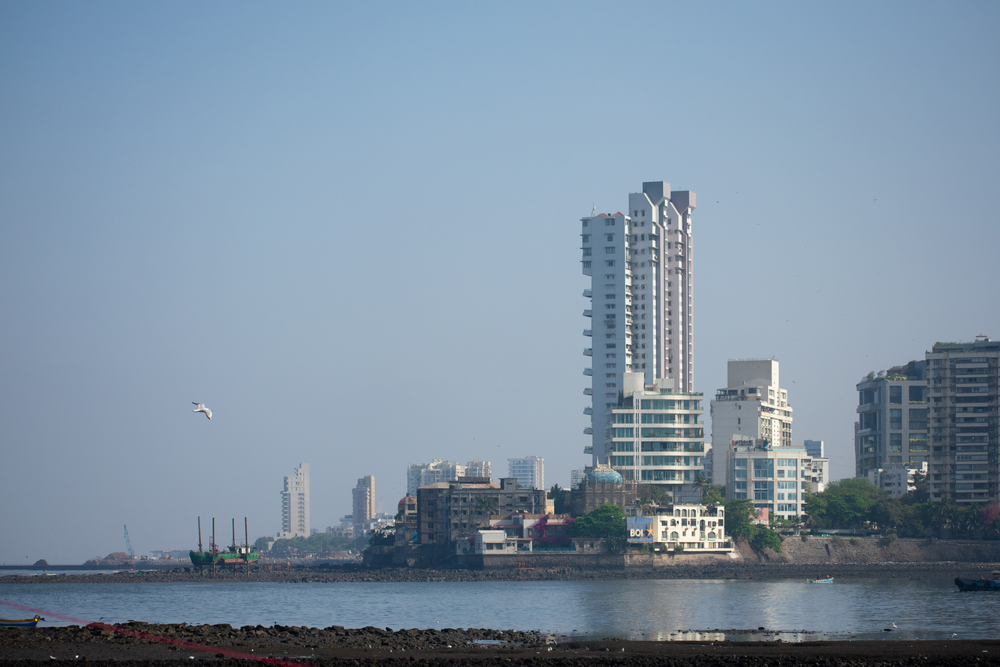
Originally designed around the Kiyomizu-dera Temple, this former imperial capital
expanded to include over 1,600 Buddhist temples and 400 Shinto shrines. The city’s
street grid was laid out following Chinese feng shui principles, with the central temple
serving as the spiritual anchor.
The urban plan reflects the Buddhist concept of paradise, with temples positioned to create sacred geometry throughout the cityscape.
Like Travel Pug’s content? Follow us on MSN.
Pushkar, India
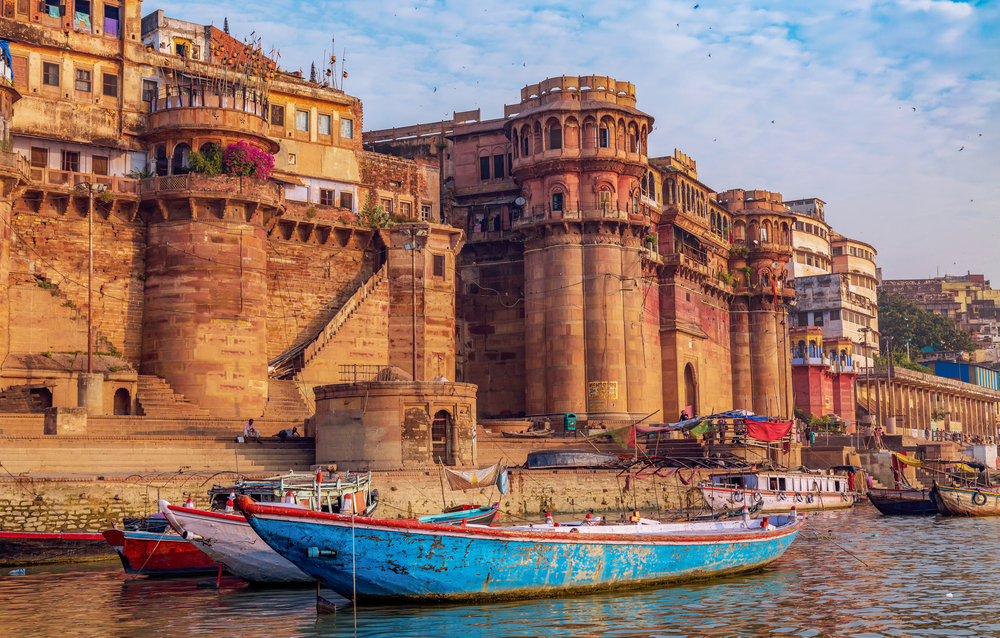
Built around the sacred Brahma Temple, one of the few dedicated to the creator god
in Hinduism, this desert city centers entirely on religious activity. The town’s layout
circles the holy lake, said to have been created by Lord Brahma’s lotus petals, with
52 bathing ghats marking sacred spots.
Every street and alley leads to either the temple or the lake, creating a unique radial urban pattern.
Tikal, Guatemala
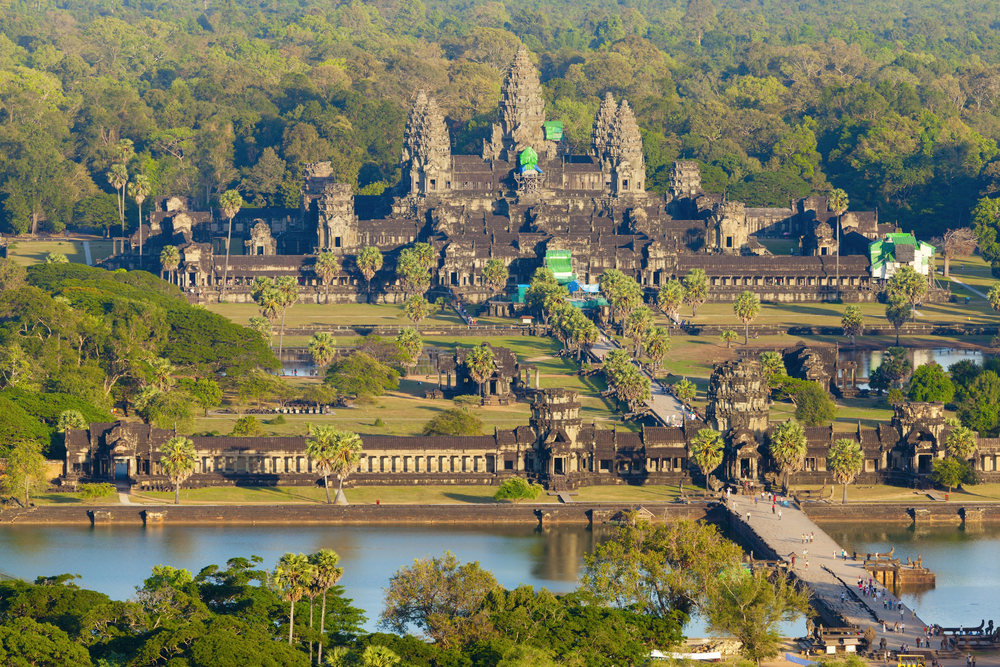
This Maya metropolis was constructed around Temple IV, the tallest pre-Columbian
structure in the Americas, reaching 230 feet high. The city’s layout followed precise
astronomical alignments, with smaller temples and residential areas arranged in
relation to the central pyramid.
The entire urban plan reflected Maya cosmology, with buildings positioned to track celestial movements.
Lhasa, Tibet
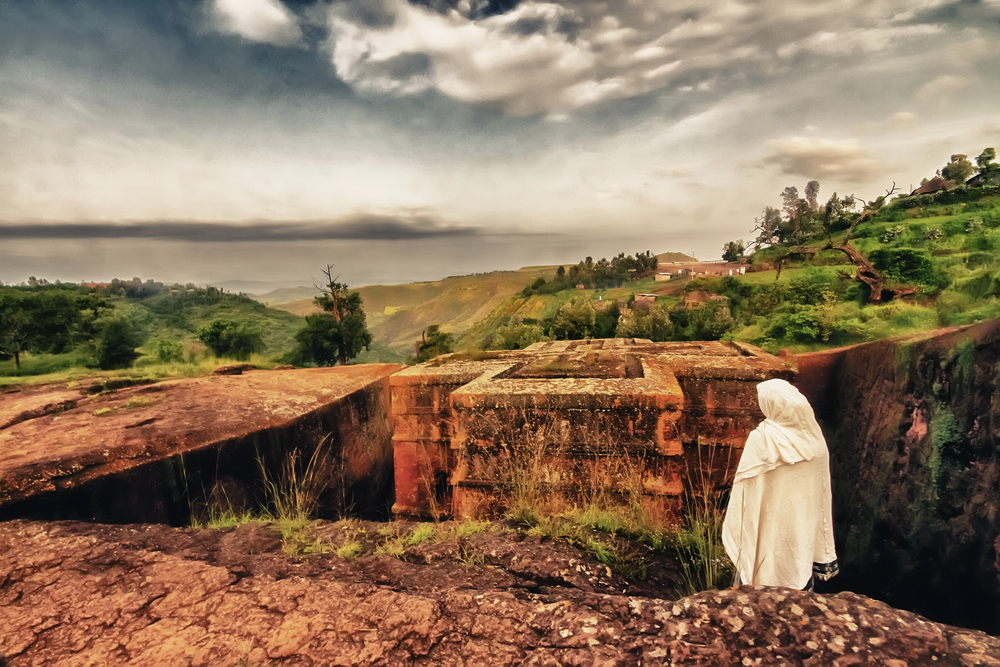
The city grew around the Jokhang Temple, Tibet’s most sacred Buddhist shrine, with
the entire urban layout designed for circumambulation. The ancient Barkhor circuit, a
pilgrim path around the temple, became the city’s main commercial and residential
thoroughfare.
Every aspect of the city’s design supports religious practice, from the positioning of homes to the arrangement of markets.
Like Travel Pug’s content? Follow us on MSN.
Madurai, India
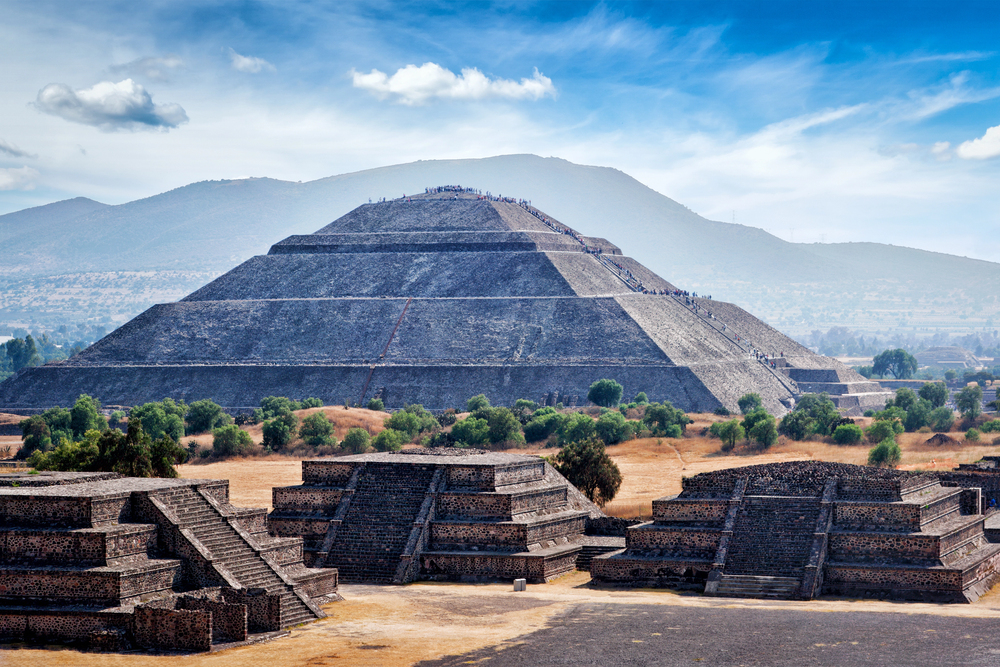
Centered around the massive Meenakshi Temple, this ancient city’s streets form a
lotus pattern when viewed from above. The temple’s 14 gopurams (towers) serve as
landmarks visible from every part of the city, guiding worshippers through the urban landscape.
The city’s concentric square layout mirrors the temple’s design, creating a mandala-like pattern in the urban fabric.
Mandalay, Myanmar
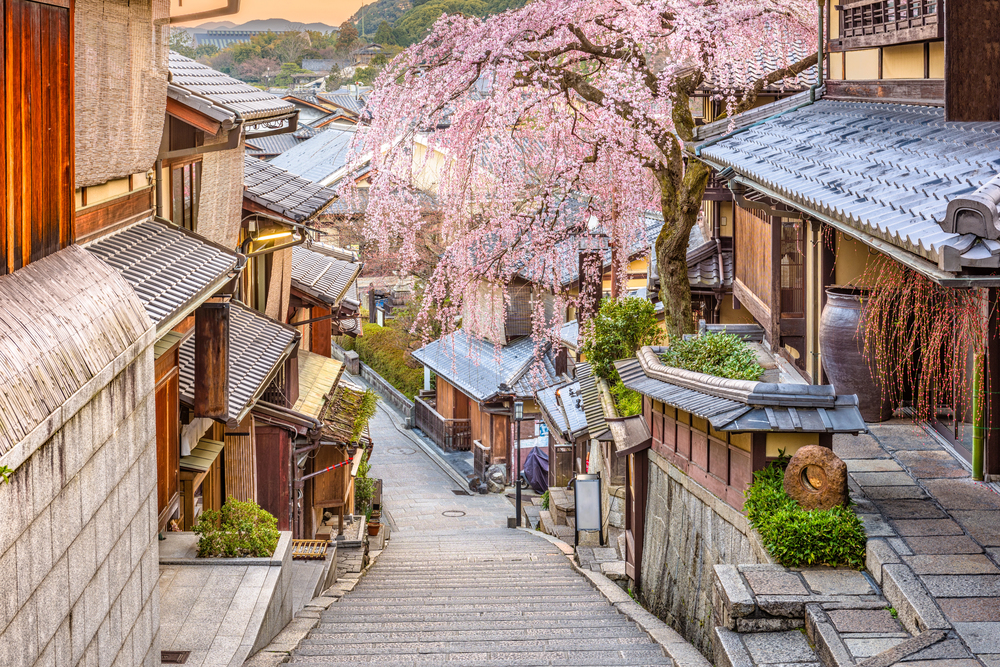
The last royal capital of Burma was built around the sacred Mandalay Hill and its
temples, following traditional Buddhist cosmology. The city’s walls form a perfect
square, with twelve gates representing the signs of the zodiac and the temple at its
heart.
The entire urban layout was designed to create a microcosm of the Buddhist universe, with the palace and temples aligned in cardinal directions.
Cholula, Mexico
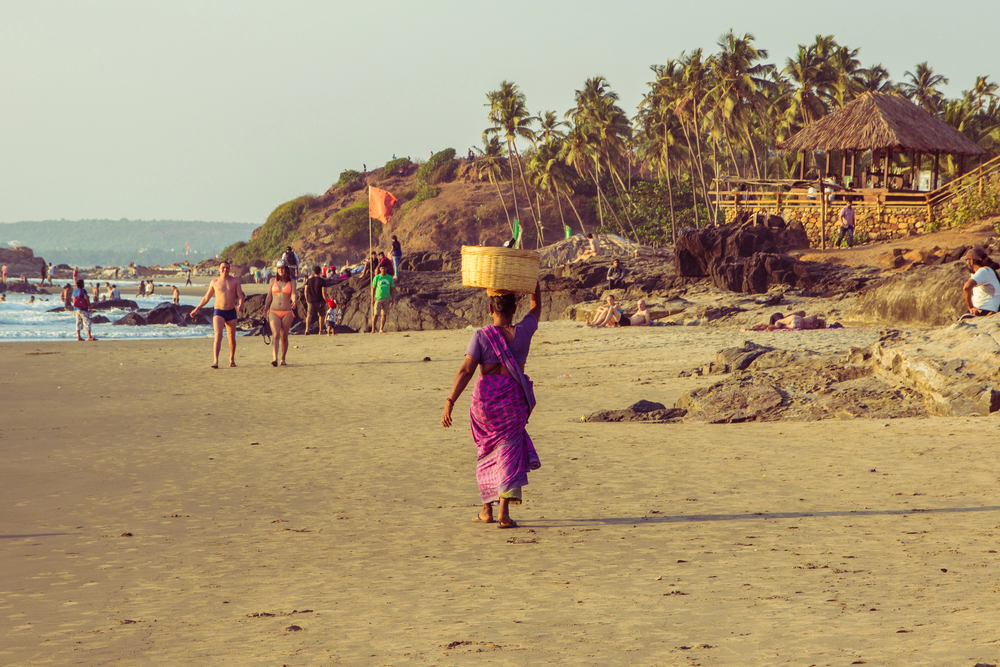
Home to the largest pyramid by volume in the world, this city grew around the Great
Pyramid of Cholula, now appearing as a hill topped by a colonial church. The ancient
city’s layout followed precise astronomical alignments, with neighborhoods arranged
in relation to the central pyramid.
The modern city still maintains its religious significance, with hundreds of churches built following the sacred geometry of the original temple plan.
Like Travel Pug’s content? Follow us on MSN.
Amritsar, India
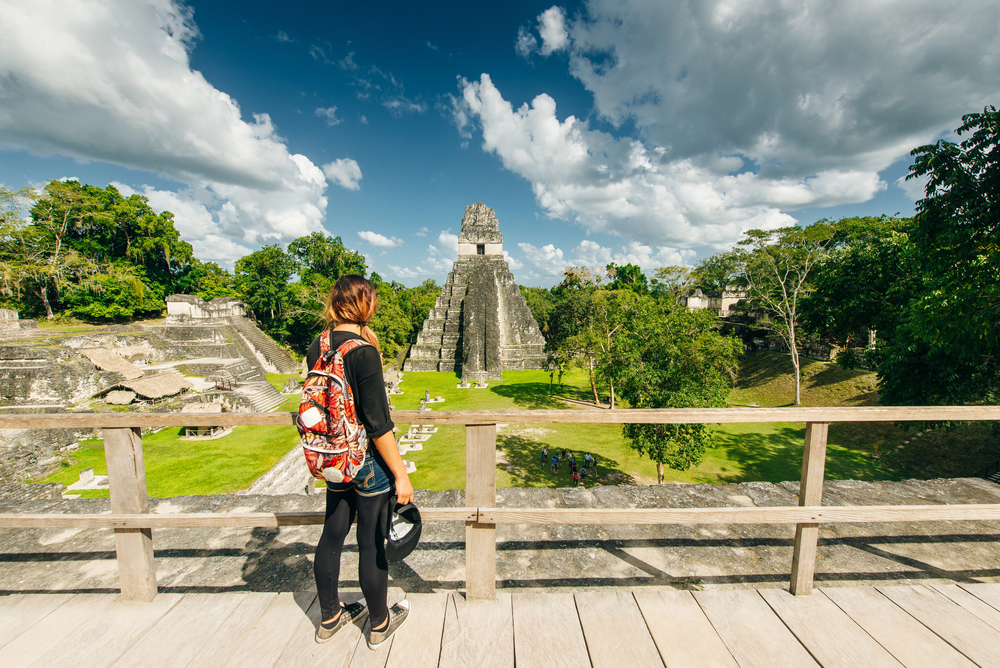
Built around the Golden Temple, this city’s entire structure revolves around
facilitating pilgrim access to the sacred shrine. The city’s circular road network
radiates outward from the temple complex, with all major streets leading to the
sacred pool.
The urban design incorporates extensive facilities for the millions of pilgrims who visit annually, making religious hospitality a central feature of city planning.
Kandy, Sri Lanka
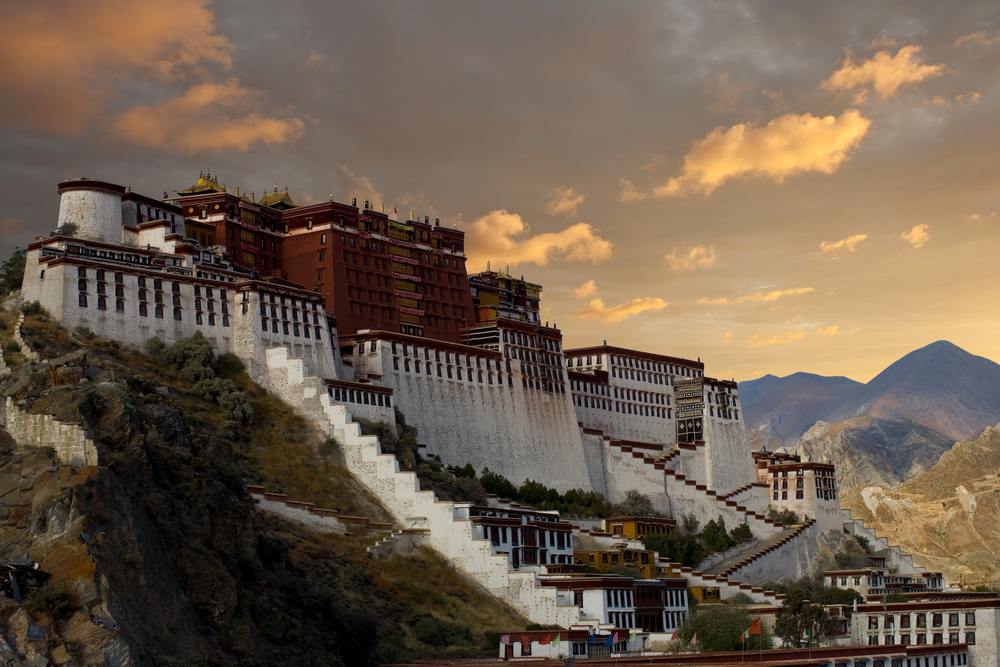
Centered around the Temple of the Sacred Tooth Relic, this city’s layout reflects
traditional Sinhalese concepts of sacred space and royal power. The artificial lake
and surrounding streets create a mandala pattern with the temple at its heart,
following ancient Buddhist urban planning principles.
The city’s architecture and urban design work together to create a sacred landscape that supports both religious and secular activities.
Ayodhya, India
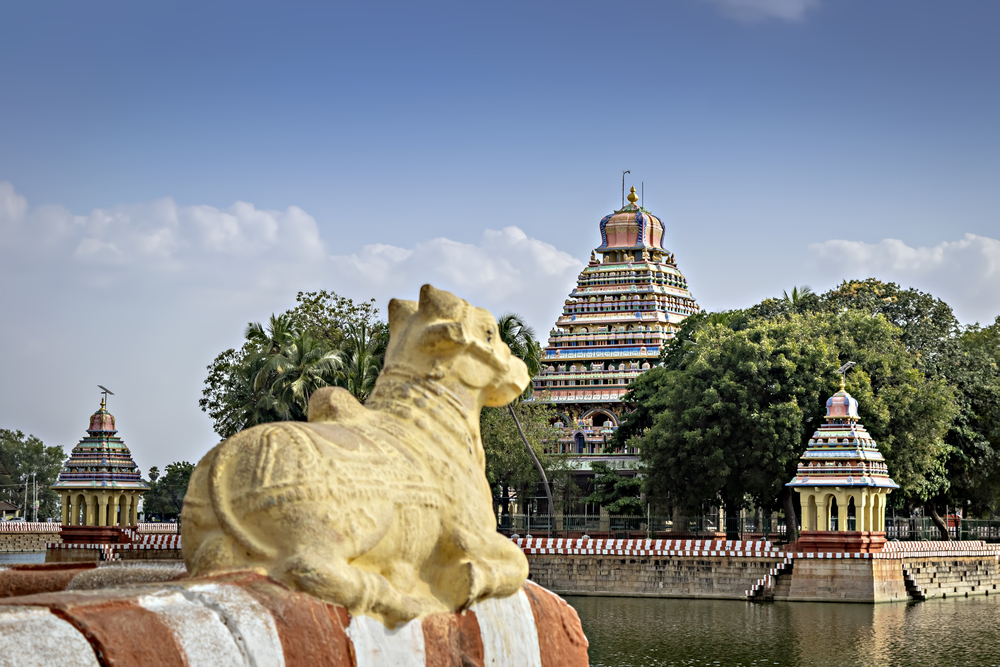
Believed to be the birthplace of Lord Rama, this ancient city’s urban fabric developed
around numerous temples marking sites from the Ramayana epic. The city’s ghats along the Sarayu River and its street pattern all lead to major temple complexes,
creating a sacred geography.
Every neighborhood contains shrines and temples that contribute to the city’s religious character, making the entire urban space a pilgrimage site.
Like Travel Pug’s content? Follow us on MSN.
Anuradhapura, Sri Lanka
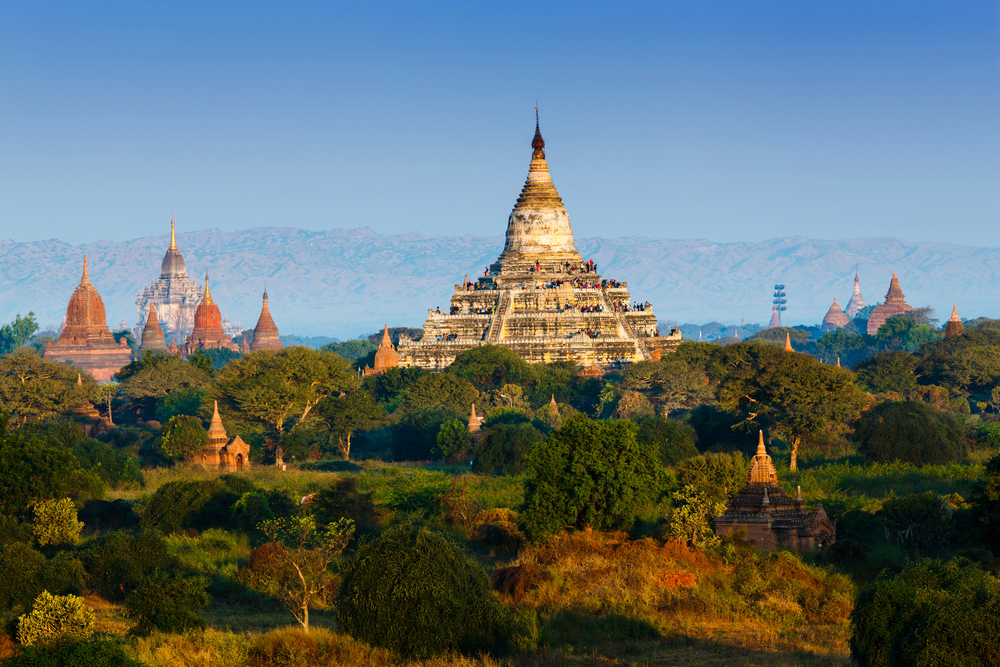
This ancient capital was built around several massive stupas, with the sacred Bodhi
tree temple at its heart. The city’s layout includes massive reservoirs and parks
arranged according to Buddhist principles of urban planning.
The entire urban complex was designed to create a physical representation of Buddhist cosmology, with monasteries and temples carefully positioned throughout the landscape.
Ujjain, India
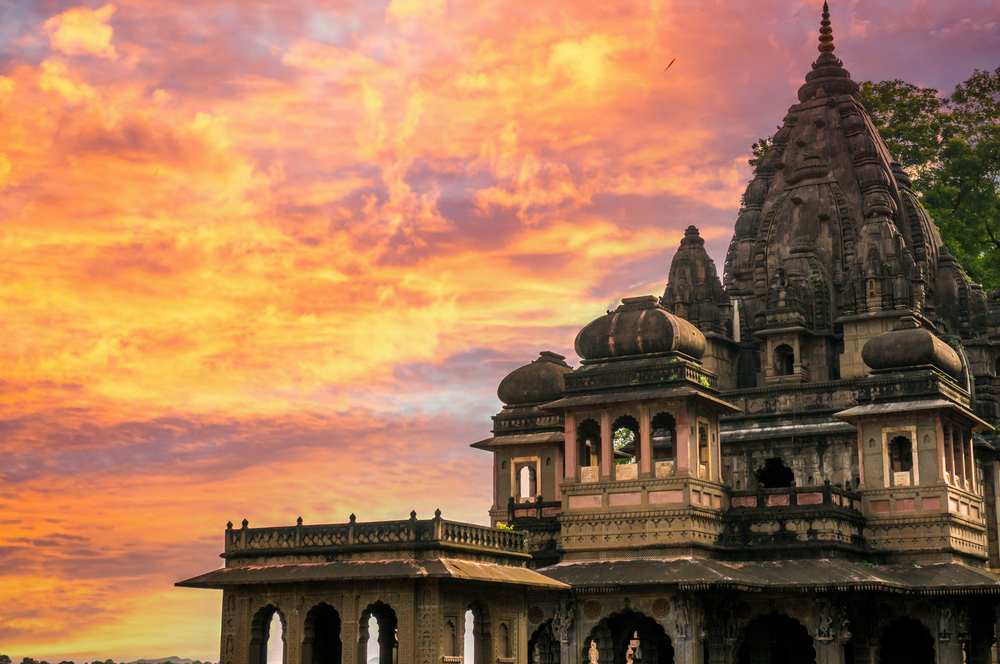
One of Hinduism’s seven sacred cities, Ujjain grew around the Mahakaleshwar
Temple, which is dedicated to Lord Shiva. The city’s layout follows the course of the
sacred Kshipra River, with temples and ghats positioned at astronomically significant
points.
The urban plan incorporates ancient astronomical observatories and temples aligned with celestial events, making the entire city a sacred astronomical instrument.
Kanchipuram, India
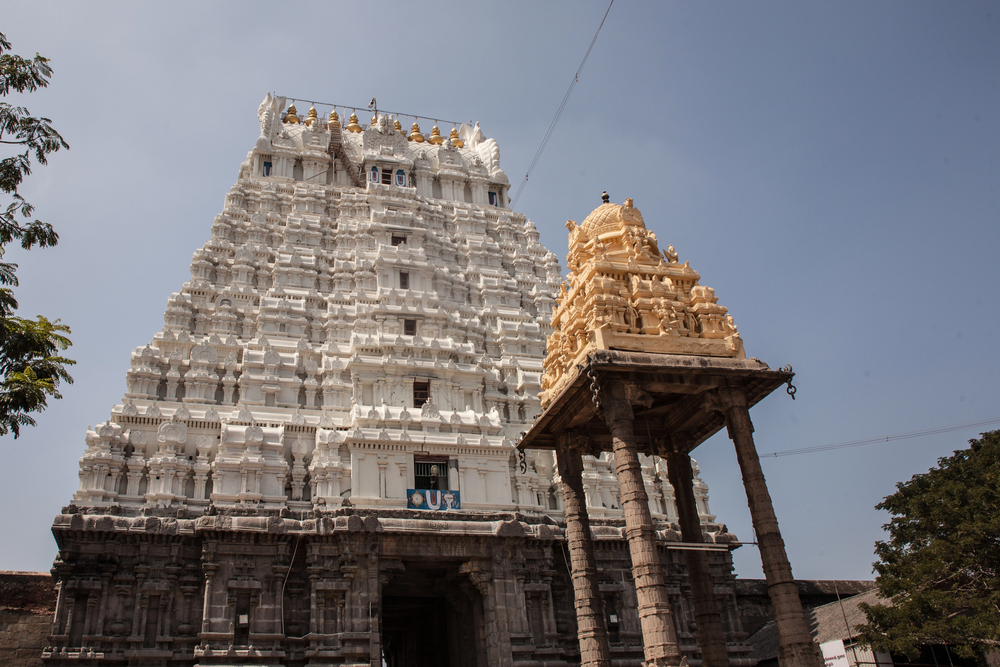
Known as the ‘City of Thousand Temples,’ Kanchipuram developed around major
temple complexes representing different Hindu religious traditions. The city’s street
pattern forms a web connecting various temples, creating a sacred network for
religious processions and pilgrimages.
The urban layout reflects the Hindu concept of divine energy radiating from sacred centers, with temples serving as power points in the cityscape.
Like Travel Pug’s content? Follow us on MSN.
Vijayanagara, India
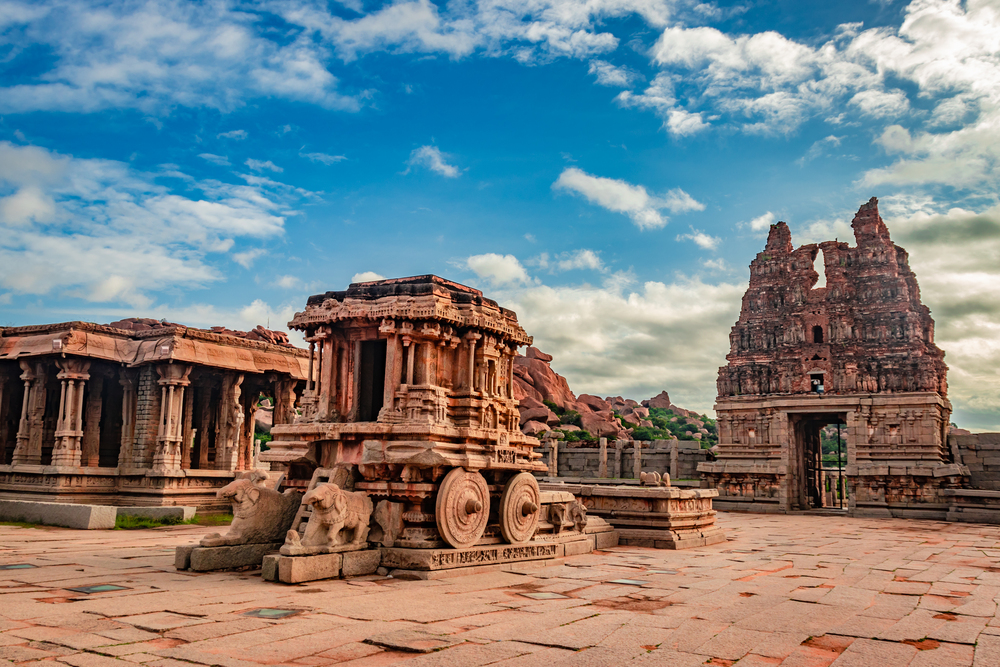
The ruins of this massive city showcase how it was built around the Virupaksha
Temple complex, with sacred geography determining urban development. The city’s
layout incorporated natural rock formations and the Tungabhadra River into its
sacred landscape, creating a unique blend of natural and built environments.
The urban plan followed Hindu cosmological principles, with temples and royal structures positioned to create energy lines throughout the city.
Bagan, Myanmar
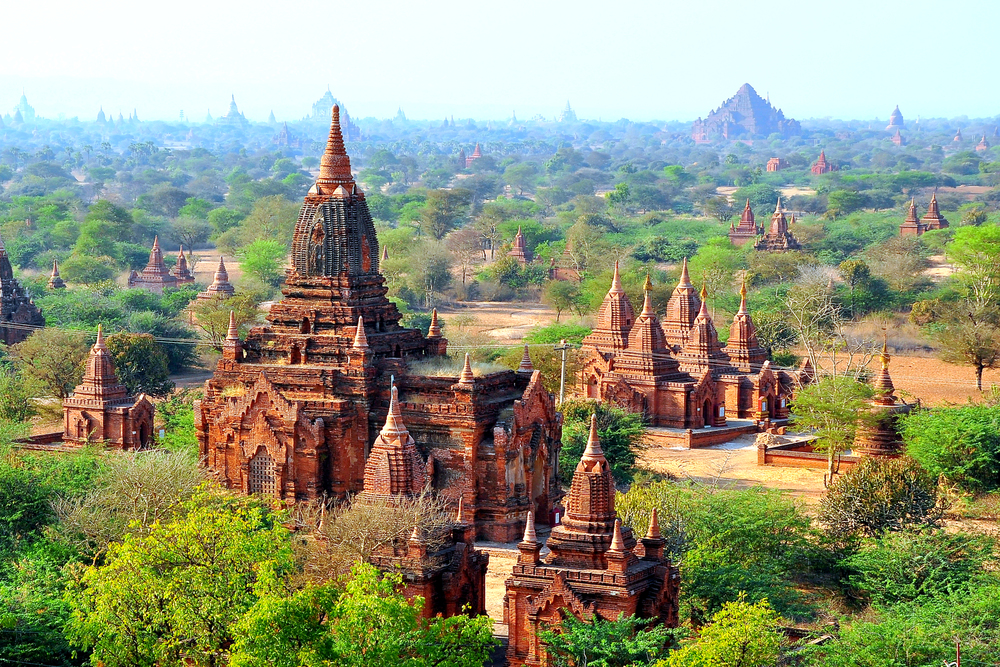
This ancient capital features over 2,000 Buddhist temples spread across a sacred
landscape, with each structure carefully positioned according to religious principles.
The city’s layout creates a vast religious complex where temples, monasteries, and
residential areas blend seamlessly together.
The entire urban plan was designed to accumulate merit for its builders, with each temple contributing to the sacred geometry of the landscape.
Kurukshetra, India
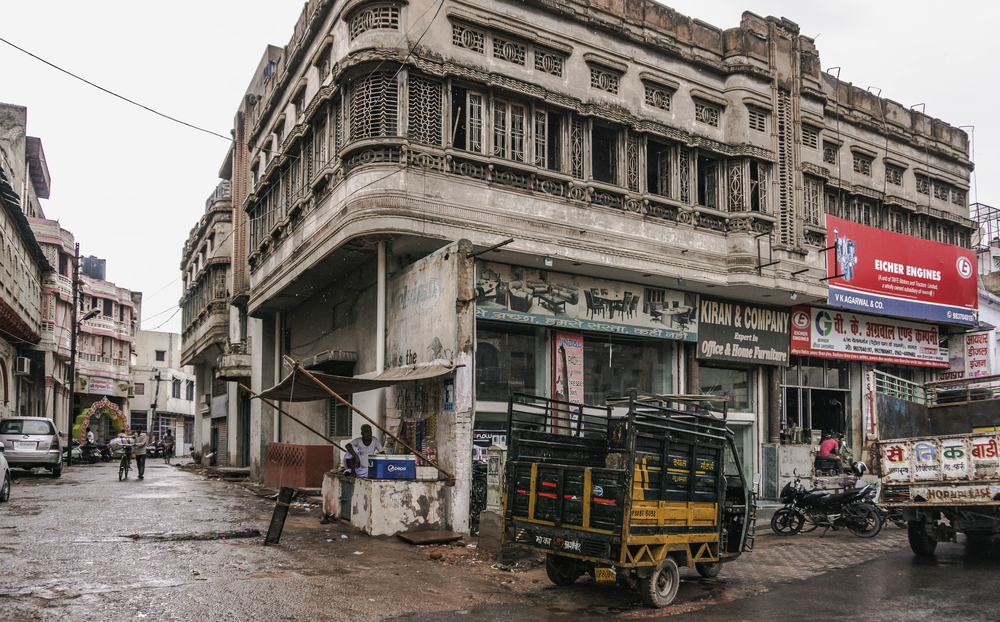
Considered the battlefield of the Mahabharata epic, this city is developed around
numerous temples that mark sites from the ancient text. The urban layout
incorporates sacred ponds and tanks mentioned in scripture, creating a living
landscape of religious significance.
The city’s design follows a circular pattern with temples at cardinal points, reflecting Hindu concepts of sacred geography.
Like Travel Pug’s content? Follow us on MSN.
Temple Cities: Bridging Spirit and Design
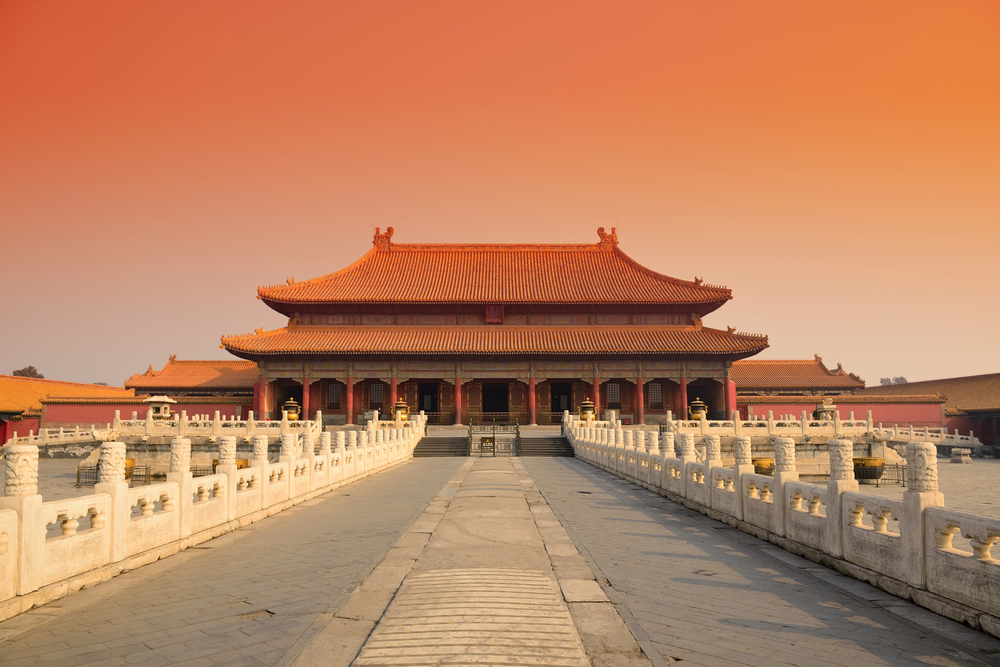
These temple cities stand as a testament to humanity’s enduring desire to create
urban spaces that bridge the physical and spiritual realms. Each city’s unique layout
and architecture reflect not just religious beliefs but also a sophisticated
understanding of urban planning, astronomy, and sacred geometry.
These living monuments continue to inspire modern urban planners and architects
while serving as centers of vibrant religious and cultural life.
More from Travel Pug

- 15 Dangerous European Cities to Avoid
- 15 Caribbean Islands Where Tourists Keep Getting Scammed
- The 20 Most Fascinating Abandoned Places: A Journey Through Time and Forgotten Spaces
- 15 Hidden Places in the Smithsonian Museums Locals Love: A Guide to Lesser-Known Treasures
- 16 Hidden Florida Beach Towns That Aren’t Overrun with Tourists
Like Travel Pug’s content? Follow us on MSN.
